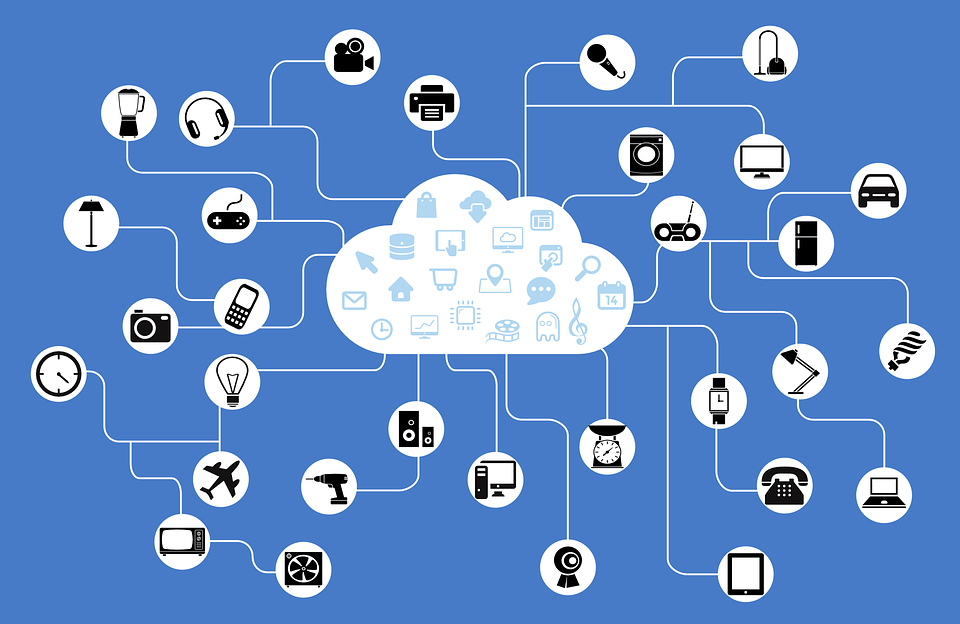Security and The Internet of Things: What the Future of Home Automation Means for Your Privacy
The Internet of Things (IoT) once existed as a nameless concept, yet today we have front row seats to its neigh inevitable rise from abstraction to ubiquity. As with any field of technologies that grows at such a pace, its large-scale application will be tested in every possible way. As the IoT advances upon us through waves of technological evolution, many industry leaders are preparing for the challenge of preventing the upcoming trials from including tests upon the limits of your privacy
What is the Internet of Things?

The IoT is heralded as the world’s next “disruptive technology.” What is a disruptive technology? Exactly what its name implies—simply put, it’s a game changer. It will change the ways in which people interact with the world, and that will force changes in the ways that companies do business.
For example, you can go to the store now and buy a moderately priced slow cooker that’s run with an app on your iPad. It’s only a matter of time before competition dictates that every crockpot come infused with a microprocessor. Yet, not every manufacturer is prepared for the sudden infusion of IoT technologies in their products, and the home appliance industry is only one of the many industries that will face this problem.
Privacy and Security Issues

The healthcare and financial sectors, manufacturing industries, even home and auto insurance industries will face challenges. In a world where everything is connected, everything is at risk. Vulnerabilities in some areas can quickly lead to vulnerabilities in others, exposing everyone to the potential consequences. While it’s unlikely that a slow cooker hack will expose you to the risk of home invasion or identity theft, the potential vulnerabilities increase exponentially as the IoT expands exponentially.
It is easy to imagine the myriad potential risks that a world filled with interconnected ‘smart’ objects could pose, especially in the hands of intelligent minds who do not have everyone’s best interests at heart. Fortunately, companies like Cisco, Vivint, and others are taking steps towards a reduction in the potentially destructive forces that swirl within these waves of untested technologies.
What Companies Are Doing to Protect IoT Users

Cisco has recently extended an invitation to the global security community, asking its members to help create new models of security in preparation for the rise of the IoT. The company is seeking ideas—out-of-the-box innovations that will help to form the layer of protection that the IoT will require. Cisco has even put up $300,000 in prize money, and it’s a small price to pay for the vast implications at hand.
Vivint, a leading company in home automation and home security, has also begun to take action in preparation for the rise of the IoT. Vivint is working to protect its customers in ways that vulnerabilities in the IoT simply cannot touch. That is, they are working with a human touch, emphasizing the customer experience. For example, Vivint goes to lengths to make sure that customers are able to tell the difference between a Vivint employee and an imposter, thus preventing both technical sabotage and social engineering. It is a simple, yet brilliant strategy. It is a counterattack against potential physical and technological intrusions, and it exists outside the reach of the IoT.
The Internet of Things is already upon us, and as we move further into the digital age, we’ll find that more and more of our once-mundane devices are now being controlled through the web. The question is, will we be the ones in control, or will the criminals? Sadly, only time will be able to tell. Hopefully, as the dangers of home automation hacking become more apparent, automation providers and device manufacturers will take an objective look at their security and make changes where changes are due. Until then, enjoy your internet-enabled slow cooker, but don’t turn your back on it. And if you are planning to install internet-enabled devices in your home, make sure to choose Home Internet Plans that will provide you with reliable fiber internet connection needed for a seamless interaction between your devices. You may reach out to an internet service company for reliable services.









